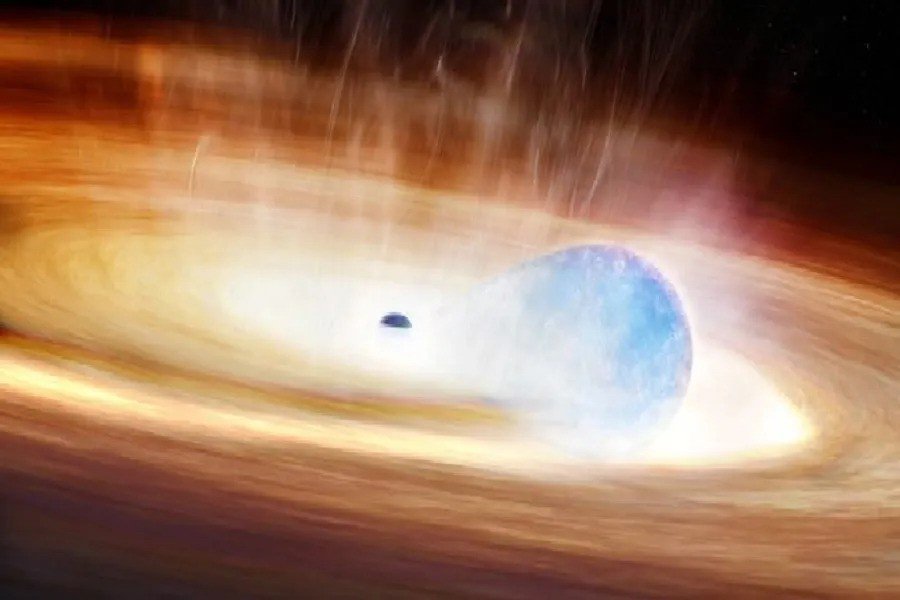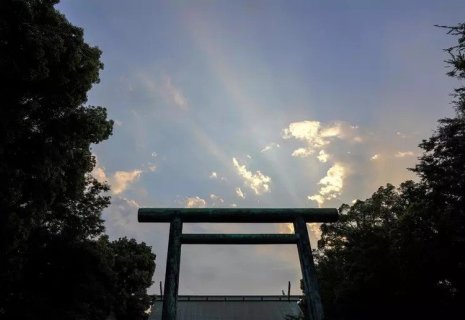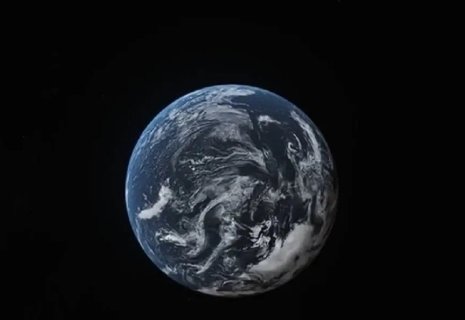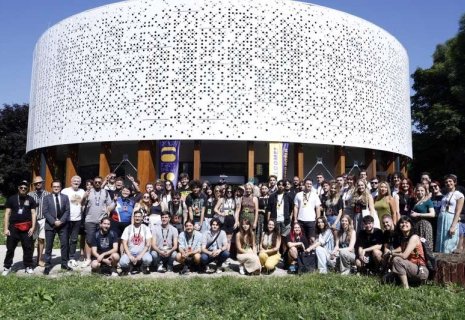
Astronomers Observe New Type of Supernova from Star-Black Hole Dance
Astronomers have observed the catastrophic consequences of a star choosing the wrong dance partner, documenting what appears to be a new type of supernova, which occurred when a massive star tried to swallow a black hole it was engaged with in a long "dance," CE Report quotes Kosova Press.
The star, at least 10 times more massive than our Sun, and the black hole, which has a similar mass, were gravitationally bound in what is called a binary system. But as the distance between them gradually shrank, the strong gravitational force of the black hole seems to have distorted the star—stretching it from its spherical shape—and pulled material before causing an explosion.
“We caught a massive star in a fatal tango with a black hole,” said astrophysicist Alexander Gagliano at the National Science Foundation Institute for Artificial Intelligence and Fundamental Interactions at MIT, co-author of a study published this week in the Astrophysical Journal.
“After years of mass loss in a deadly spiral with a black hole, the massive star met its end in an explosion. It released more energy in one second than the Sun in its entire lifetime,” added Gagliano.
The explosion happened about 700 million light-years from Earth. One light-year is the distance light travels in a year, or 9.5 trillion kilometers, reports KosovaPress.
Scientists are unsure about the exact mechanism that caused the supernova. Stars at least eight times more massive than the Sun seem destined to end their lives as supernovae. Those with a mass at least 20 times greater than the Sun form a black hole after the explosion.
An artificial intelligence algorithm designed to scan the universe for unusual explosions in real time was the first to detect the start of the explosion, providing an alert that allowed astronomers to make immediate follow-up observations. By the time the explosion ended, it had been observed by multiple ground- and space-based telescopes.
“Our AI algorithm allowed us to start a comprehensive observational study early enough to truly see the whole picture for the first time,” said Gagliano.
Observations of the star, dating back four years before the supernova, revealed bright emissions that astronomers believe were created when the black hole sucked material from the star. For example, the star’s outer hydrogen layer appears to have been stripped away, revealing a helium layer underneath.
Scientists also noticed bright emissions after the explosion as the black hole consumed the leftover stellar debris. Eventually, the black hole became more massive.
Systems that gather two or more companions are quite common. Some of these multiple systems have a black hole as one of the companions.
“Our conclusion is that the fate of stars is extraordinarily influenced by their companion or companions. This event gives us an exciting view of how black holes can dramatically affect the death of massive stars,” said Gagliano.
























